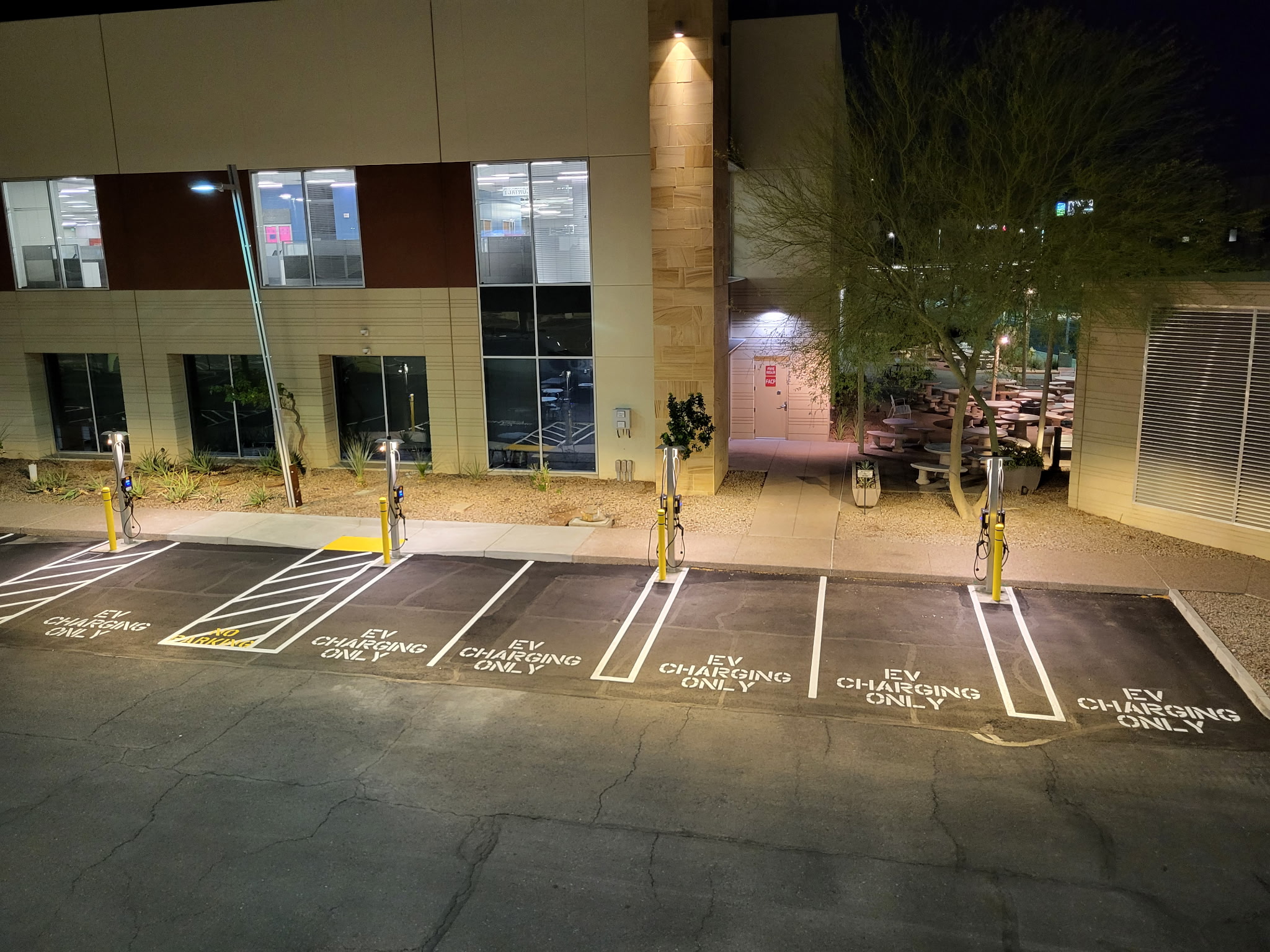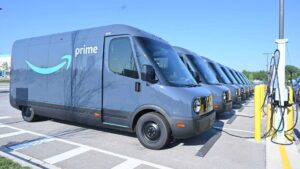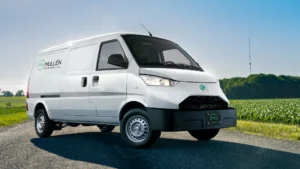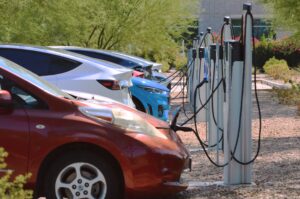Installing EV fleet charging infrastructure can be cumbersome if you do not know where to go. In this article, we will break down what to know before you start and everyone that you need to contact. Hopefully this knowledge will make installing charging stations for your fleet a breeze.
Before You Start
Do you rent or own? You will need the owner’s permission to make any changes to the property. So make sure you get that.
Before you get started, you will need to know how many chargers you are installing and what kind. The more information you can have ahead of time the better. This will help the process go faster. When questions come up you will be able to answer quickly instead of having to search out the answers.
It is also good to know your future plans. Maybe you are planning on installing a few chargers now, and more in a year or so. If you know this you can ‘future proof’ your plans, making it easier to add chargers in the future without redoing work you have already done.
Installing EV Fleet Charging Infrastructure
The Utility
The utility should be the first person you contact. This is your electric company. They should be the first for a number of reasons.
First, some utilities have programs for helping install chargers. There may be stipulations, like you may have to use a certain brand or type of charger. But the utility may have rebates or incentives for buying and installing chargers. These will help offset your costs.
The second reason is to make sure you have enough power to power the chargers once installed. It can take months to get enough power to your location if there isn’t enough power already on the system. It is best to get this conversation started as early as possible.
The utility may need to do some upgrading on their equipment or you might need to install a bigger panel. These things take time and the sooner you let the utility know the sooner they can start working on it.
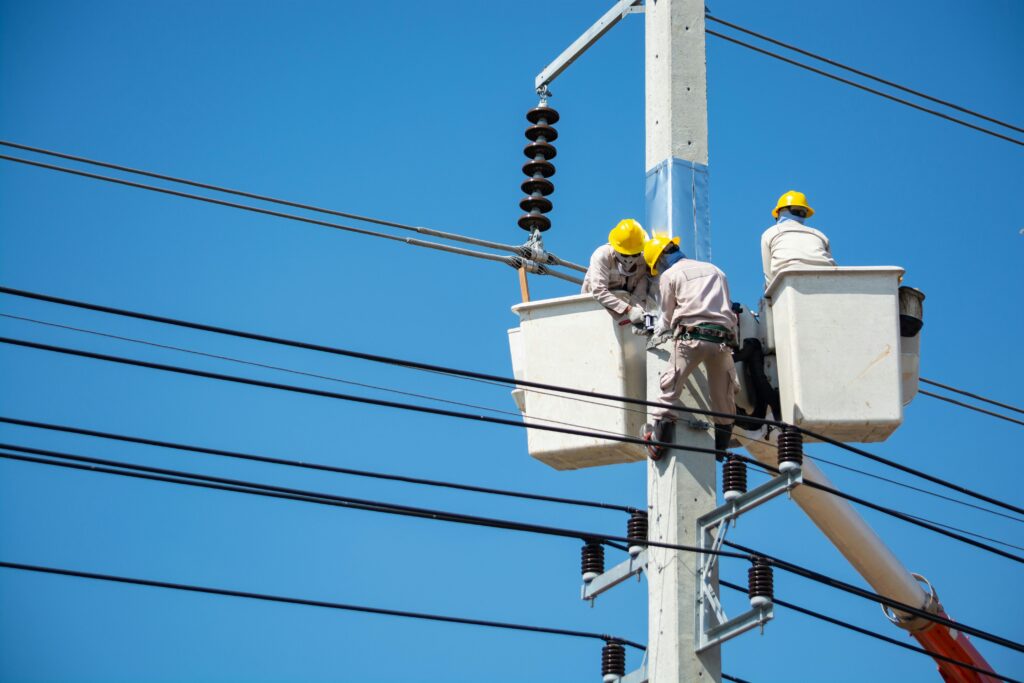
There’s nothing worse than getting chargers in the ground and having to wait months to use them because there is not enough power.
The third reason is because the utility can help you find your utility point of connection (POC). The utility POC is basically where power comes onto your property from the utility. You will need to know where this is in order to pull power from that location and bring it to your chargers.
Remember, the farther away the utility POC is, the more costly it will be. This is because it will be a further distance of electrical infrastructure you will have to install. Picking a spot that’s closer to your utility POC can save you a significant amount of money.
Design and Engineering Firm
The second person to contact is a design and engineering firm. They are going to design the plans that the contractor will implement.
They will also create the electrical single line and site plan that is submitted to the utility. This is so the utility knows exactly what the power requirements are for your site.
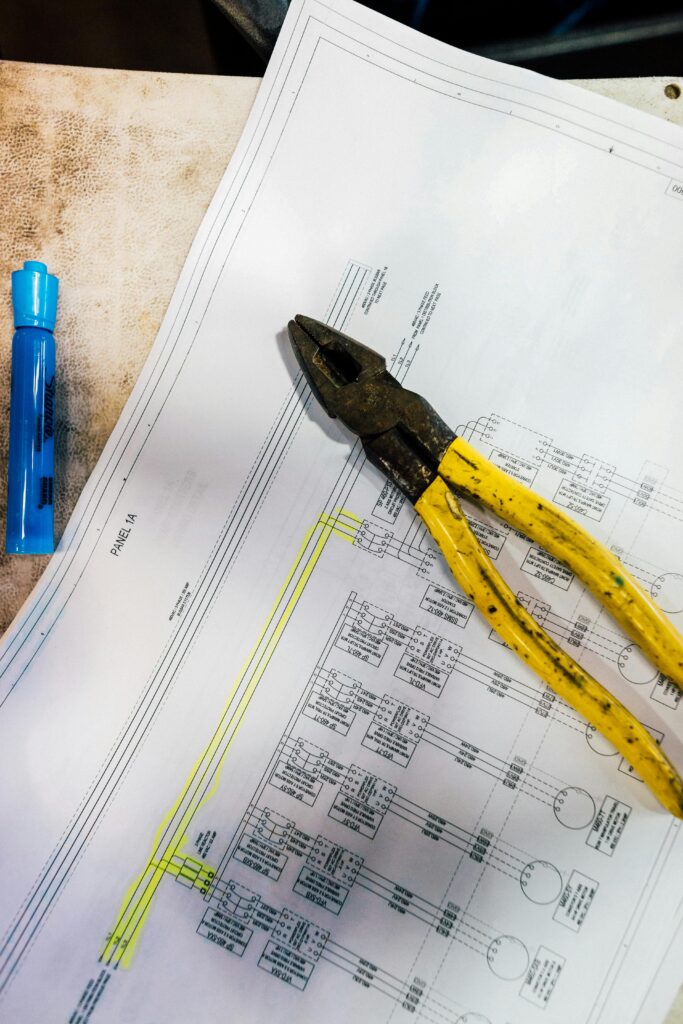
The design and engineering firm will need to know how many chargers you plan to install. Also, the location of those chargers, as well as any plans for future chargers.
You will also need to know things like the orientation of the chargers. Will they charge cars side by side or parked across from each other? Will the spots be pull-through spaces or a regular parking spot?
Again, already knowing some of these answers will help the process go faster. Obviously, things can change, but if you have a good idea of what you want it will help.
Some design and engineering firms you can reach out to are: Kimley-Horn, CoreStates, and PxT.
Authority Having Jurisdiction
The AHJ is whatever authority has jurisdiction over the property. This might be a city, municipality, or county. When installing infrastructure you’ll need permits and to have inspections done to make sure everything is up to code.
The AHJ can also tell you if you will need ADA compliant chargers. In most circumstances, for fleets, they won’t be necessary. But if you are installing workplace charging for employee use at the same time, they probably will be.
You will want to apply for the permits and get them approved, before you start construction. To get the permits approved, you will need to submit the plans from the design and engineering firm.
The AHJ will let you know if there are any special inspections and ensure that all the plans are code compliant. Once the plans are approved, you can start construction.
Construction
Whew we made it! It’s time to get the chargers installed. Finding constructors can be a daunting task. Here is a resource for finding contractors who specialize in electrification.
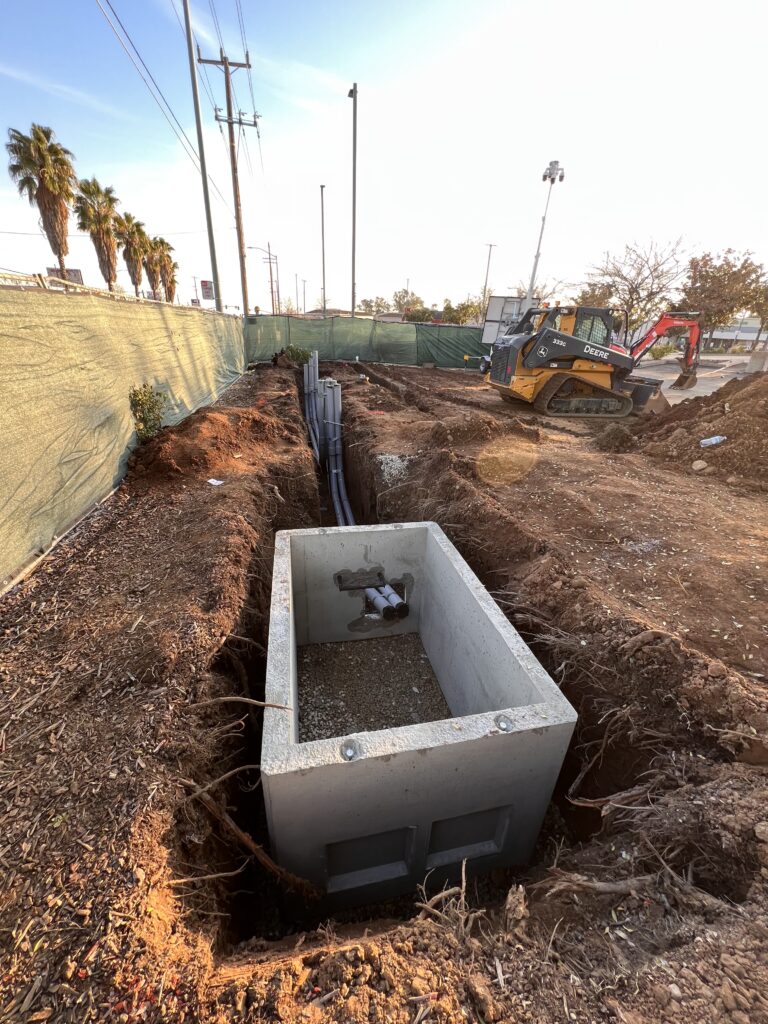
You should now be fully prepared for the process of installing charging infrastructure. Take a look at our chargers or schedule a call to help answer any questions you may have.
FAQs
Who should I contact first when installing EV fleet charging infrastructure?
The utility should be the first person you contact. It can take months to get the power needed for charging infrastructure. The sooner you get this process started the better.
Do I need to install ADA compliant charging stations for my fleet?
It depends. Usually, if it’s just for fleets and not for workplace or public charging, then ADA compliant charger may not be required. But if you’re installing workplace or public charging in tandem with the fleet charging, then it will probably be required.
Can I pull power from my panel when installing vehicle chargers?
Probably. Assuming your panel has enough power to power the chargers then yes. But again, this is why you should contact the utility first. They can let you know if there is enough power on your panel, if it needs to be upgraded, or if there is a better location for pulling power from.

